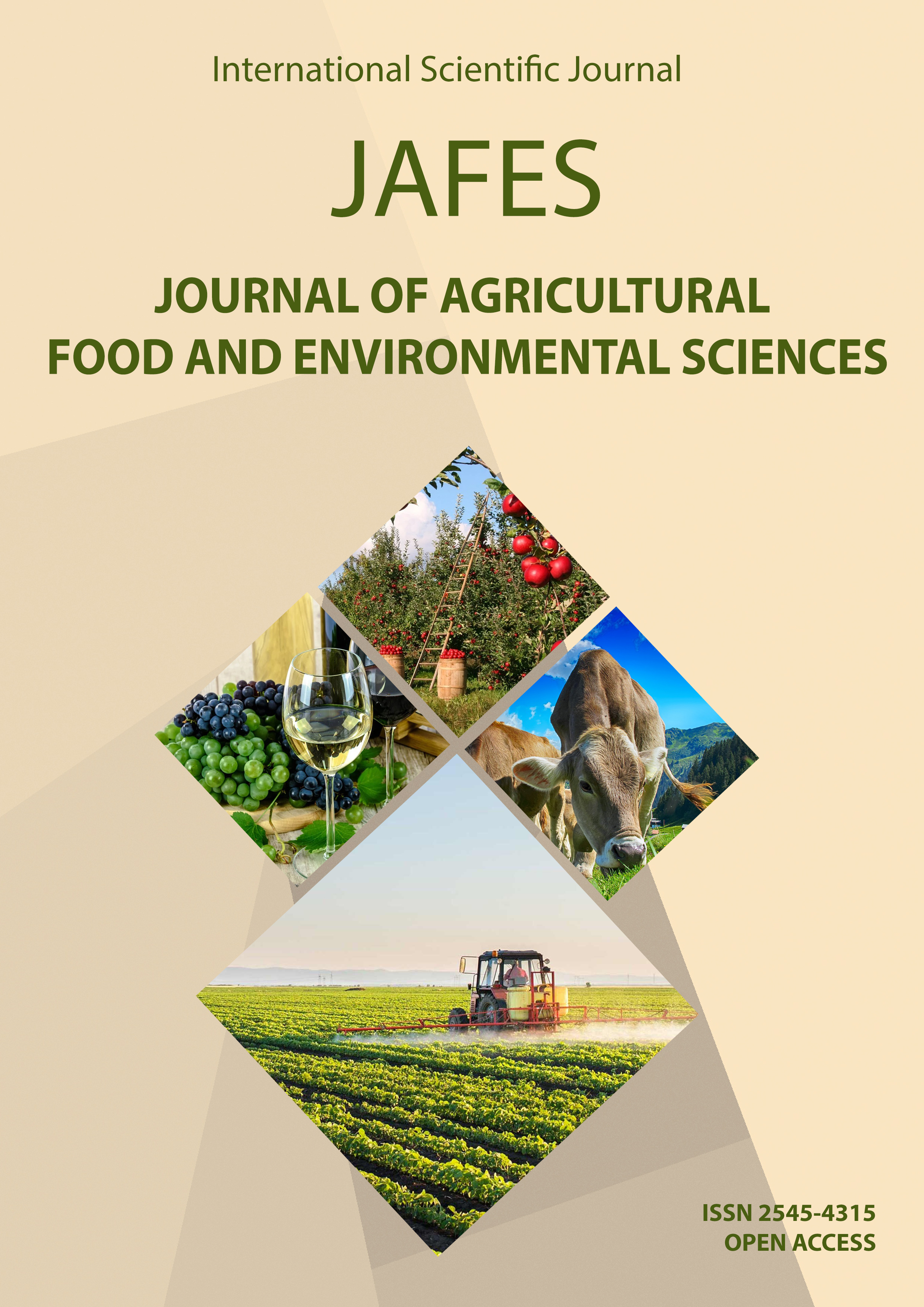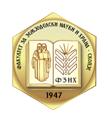HALYOMORPHA HALYS STÅL, 1855 (PENTATOMIDAE: HEMIPTERA) IN NORTH MACEDONIA
Keywords:
Halyomorpha halys, distribution, North MacedoniaAbstract
The invasive species Brown Marmorated Stink Bug (BMSB) H. halys is native for East Asia, and has been present in Europe since 2004. The first finding of the pest in North Macedonia was in 2018 (unpublished data), while the monitoring programme for this pest, supported by the company Socoterra, Bitola, started at 2020 and was carried out on 9 localities with pheromones for aggregation Pherocon – BMSB, Trécé. According to the monitoring results based on caught adults, H. halys was well established in the urban area of Skopje and accidentally appeared in the urban part of Prilep in 2020 and Resen in 2022(western part of the NMK). H. halys was also registered in the rural area nearby Skopje (v. Stajkovci) in 2020 and 2021, and close to Bitola (v. Alinci) in 2020. In 2022 the bug H. halys has shown higher level of spreading and was registered in v. Golemo Konjari near Prilep (western part) and v. Otosnica near Kriva Palanka (eastern part). The pest overwintered as an adult. Overwintered adults appeared at the end of April when they fed on different plants, copulated and laid eggs in May. The first larvae instar appears in the first decade of June. Larvae in different development stages were present until mid-September. The adults of the new generation emerged at the beginning of August and stayed active until mid-October. In the researching period 2020-2022 there were registered damages on the persimmon and apple fruits, gathered from the orchard with mixed fruits in the locality Skopje-FASF.



